As the clock ticks closer to midnight on New Year's Eve, millions of eyes turn skyward in anticipation of the spectacle that is about to unfold: fireworks. From the iconic waterfront of Sydney Harbour to the frosty expanse of Reykjavik, fireworks are the quintessential celebratory display. Sydney, a first major city to greet the New Year, does so with a dazzling pyrotechnic show that illuminates the Opera House and Harbour Bridge, setting the bar high for the rest of the world.
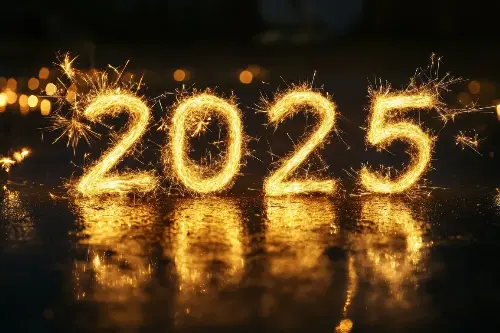
Crossing the globe to London, the night sky explodes with lights over the River Thames, while Big Ben's chimes signal the passing of another year. This tradition is echoed in countless cities, from the beach parties of Rio de Janeiro, where revelers dress in white for good luck, to the raucous countdowns in New York's Times Square, punctuated by the famous descending crystal ball.
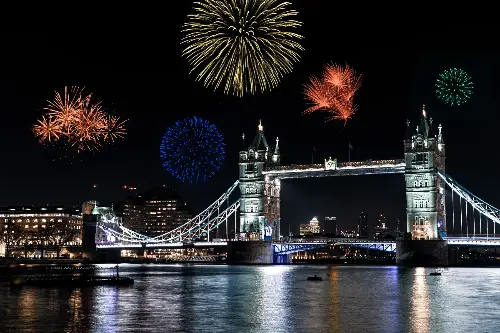
In Asia, Hong Kong's Victoria Harbour becomes a canvas for a choreographed multicolour display, harmonised with music and often showcasing the narrative culture of the region. Japan, meanwhile, combines the modern with the traditional, as fireworks accompany the ringing of temple bells 108 times—a Buddhist practice believed to banish human sins.
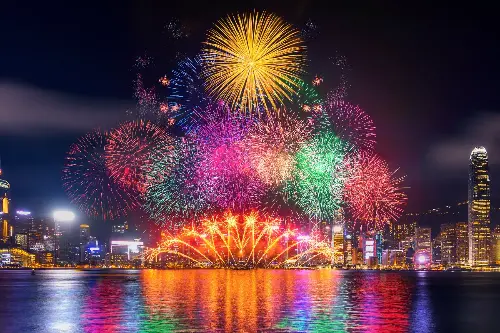
Table Delights: New Year’s Eve Feasts and Food Traditions
On par with the pyrotechnics are the feasts that herald the New Year. Food, after all, is not only sustenance but also an embodiment of culture and a harbinger of fortune. In Spain, as the clock strikes twelve, people consume twelve grapes—one for each strike—to bring luck for each month of the coming year. This tradition, known as 'Las doce uvas de la suerte', is both a personal challenge and a nationwide ritual.
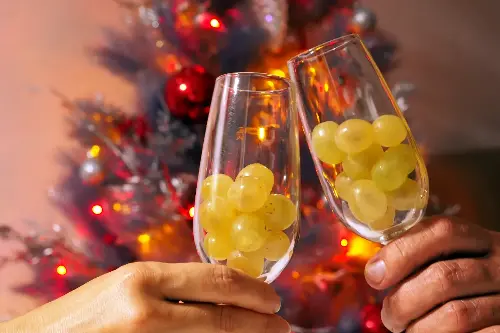
Italians believe in the power of lentils to bring prosperity, owing to their coin-like shape, and often serve them with cotechino, a large spiced sausage, at midnight. In the Southern United States, black-eyed peas and collard greens represent coins and dollars respectively, a meal eaten for financial good fortune.
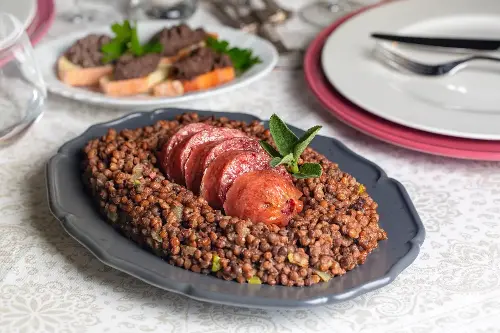
In Japan, toshikoshi soba, or 'year-crossing noodles', is a simple yet significant dish. The long noodles symbolise a wish for longevity and the easy cutting of the strands a letting go of the past year's worries.
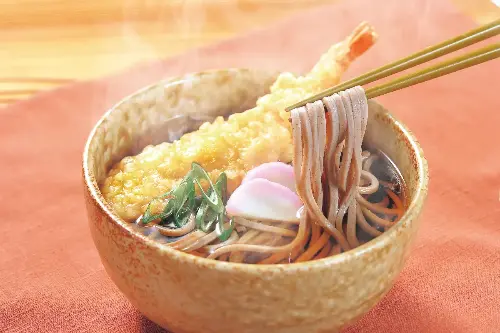
Unusual and Unique Heralds of the New Year
Beyond the expected, some cultures engage in rather unique traditions that might raise an eyebrow or inspire awe. In Denmark, it is customary to jump off chairs at midnight, leaping into January as a symbolic gesture to banish bad spirits and bring good luck. Meanwhile, in the Philippines, round shapes are celebrated for their resemblance to coins, hence people don round clothes and eat round fruits to attract wealth.
The South American country of Ecuador takes an effigy-driven twist to midnight merriments with 'Años Viejos'. This involves burning scarecrow-like figures stuffed with newspapers or sawdust, representing the old year, to cleanse the negativity and start anew. In Brazil, specifically in Rio de Janeiro, ocean offerings to the sea goddess Iemanjá are commonplace, with gifts cast into the waves for blessings and good luck.
Community and Connection: Embracing Togetherness
At the heart of New Year's Eve is the spirit of community—coming together to bid farewell to the year past and to welcome what lies ahead. In Scotland, this is exemplified by Hogmanay, perhaps one of the world's most famous New Year celebrations. The Scots focus on 'first-footing', where being the first person to cross a friend or neighbour's threshold after midnight is a prestigious role that dictates the household's fortune.
In Brazil and many Latin American cultures, the collective experience is similarly important, with family and friends gathering to participate in the aforementioned rituals and more. The camaraderie, music, and shared aspirations set the tone for a year of hoped-for togetherness.
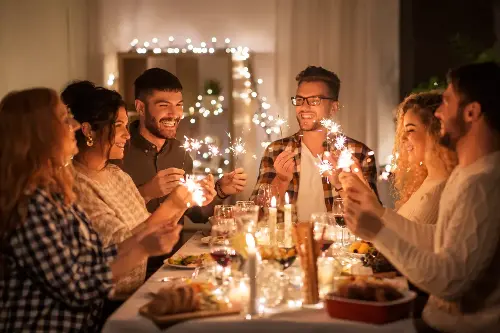
A Tapestry of Traditions
As different as they may be, each of these vibrant traditions speaks to a universal hope for happiness, prosperity, and renewal. From the fiery zeniths of fireworks to the grounding warmth of shared feasts, New Year’s Eve is a tapestry of human culture—woven with threads of anticipation, celebration, and the collective belief in a year more luminous than the last.
Whether one finds themselves in the electric atmosphere of a city's lightshow or the intimate glow of a family gathering, New Year's Eve is a testament to humanity's enduring optimism and our shared desire to mark time's passage with joy and community. As we embrace the traditions of cultures around the world, we become part of a global family, united in the simple yet profound act of stepping across the threshold into a new beginning.
